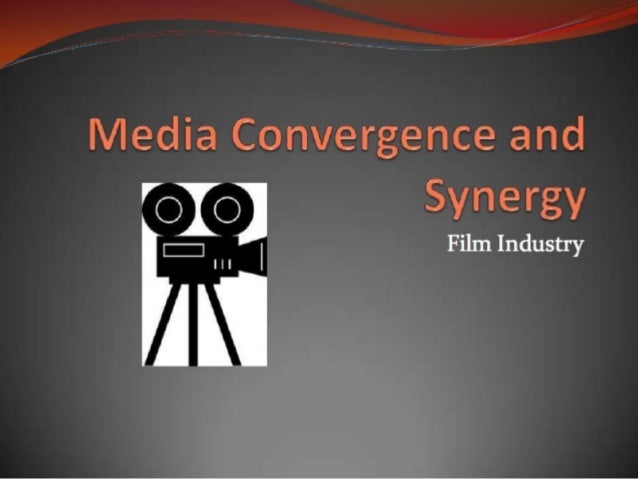Cross-media convergence and synergy are both successful and popular methods in promoting a media product to a wider scope of the target audience particularly employed by major studios, although some semi-successful independent companies may utilise these strategies albeit on a significantly smaller scale. The key difference between cross-media convergence and synergy is that cross-media convergence revolves around the merging of two different media mediums in order to promote their product(s) resulting in an agreement that often benefits both companies/mediums. This can happen at any of the stages of film-making: production, distribution or marketing. Conversely, synergy is about one company simultaneously releasing a variety of of products that are closely and clearly linked with the use of distinct branding. For example, when Star Wars: The Force Awakens (2015) was released, the collector's edition soundtrack was released along with action figures that are distinguishable due to the logo of the franchise, the colour scheme, the font, etc. Synergy however often happens during the distribution or marketing stages. Due to the fact that there is potentially a high risk for both strategies, I agree with the statement to some extent in that they are important processes in the successful marketing of media products to audiences, but not vital.
There are many factors to be considered when evaluating the importance of these two processes, for in some cases they can be extremely beneficial or potentially detrimental/one-sided. Ultimately this depends on the budget of one (or both in the case of cross-media convergence) company/companies. For example, if two companies with different media status or budget merge together for the marketing of each's products, this can prove to be more beneficial for the media company with lower budget/status and disadvantageous for the company with the higher status. In the case of synergy, a company attempting to use this strategy with a low budget may find a high chance of risk and low chance of success, resulting in inconsistent or unsuccessful marketing patterns. A low budget in synergy could result in a lack of distribution formats, unsuccessful advertising strategies (unpopular trailers). A low budget for cross-media convergence could mean merging with other low budget businesses which may not be advantageous for either medium.
However, with a high budget and large rate of consumers, cross-media convergence and synergy can be extremely successful. Advanced and developed technology makes these processes easier to carry out or initiate, for example cross-media convergence can be initiated and promoted via the internet between two companies to sell a successful media product to a large audience. A quintessential example of successful marketing using synergy would be the recent Ant Man (2015) which was produced by Marvel Studios, a subsidiary of one of the major media conglomerates in Hollywood (The Walt Disney Studios). This gave them the ability to use higher budgets to produce, market and distribute their products efficiently. Through synergy several products were released simultaneously, such as the Marvel Ant-Man Deluxe Collectible Figure Set or Wasp action figures linked together through branding, or the DVDs released soon after in different formats (DVD, Blu-Ray, CD, etc). Another example is Jurassic World (2015), one of the highest grossing films of all time and thus highly successful. This was because of the high budget ($150 million in total) used towards all the stages of film-making, including distribution; the film was distributed by Universal Pictures to over 66 territories worldwide. As for marketing, Universal spent a total of $34.9 million on TV advertisements for the film. As a demonstration of cross-media convergence in real life - various partnerships helped with the promotion of this film, including Kellogg's and Dairy Queen. This clearly highlights the importance of the role of cross-media convergence and synergy in successful marketing.
Overall, both cross-media convergence and synergy are remarkably useful processes that notably improve reception and effectively promote media products through numerous methods, provided that all risks have been taken into account and efficient funding has been used. However, they do not play a vital role in successful marketing as illustrated in the previous paragraphs.

No comments:
Post a Comment